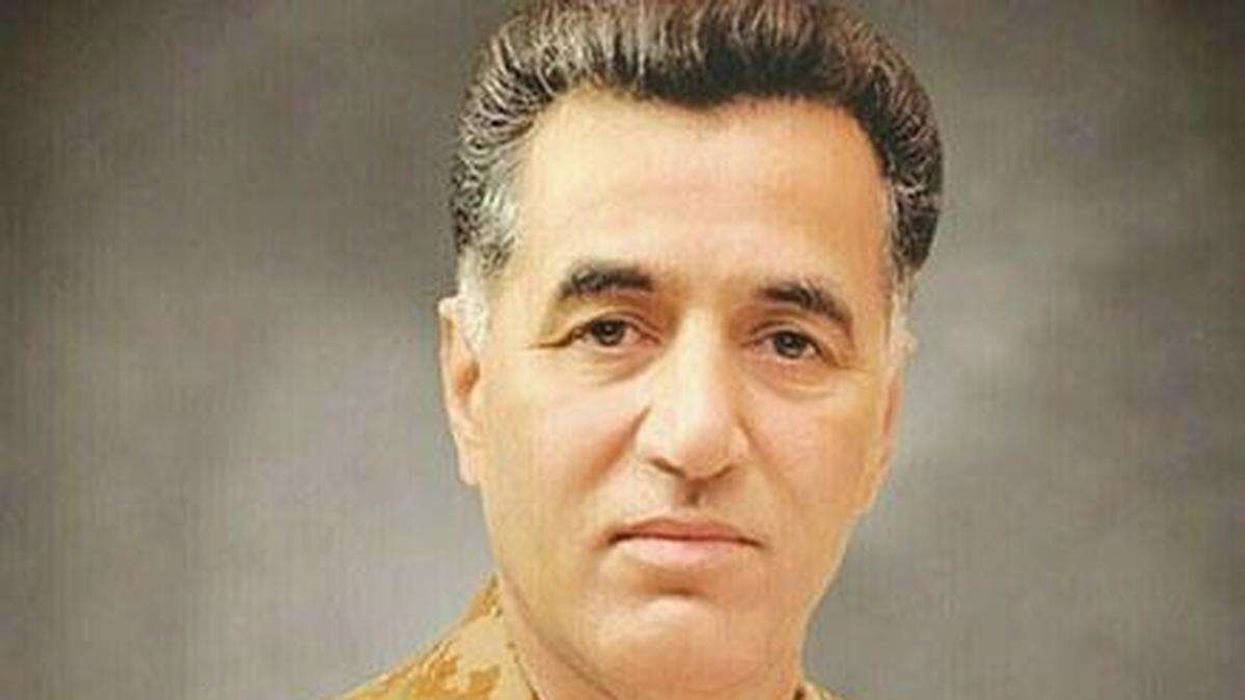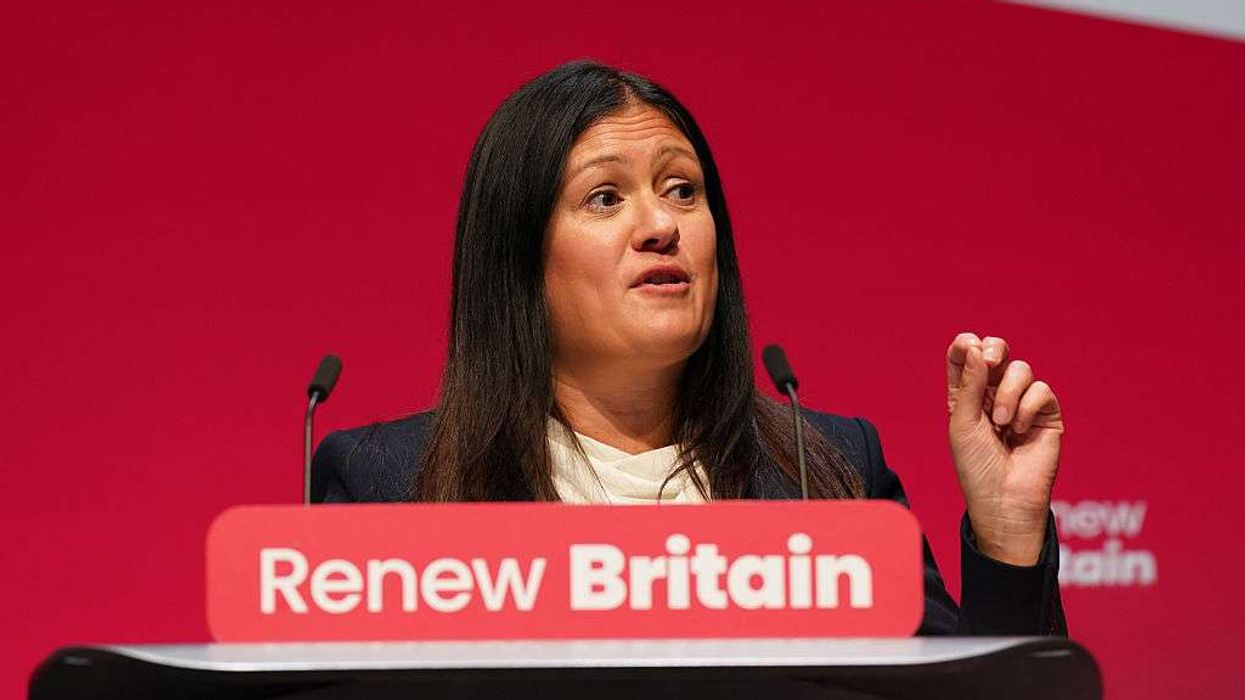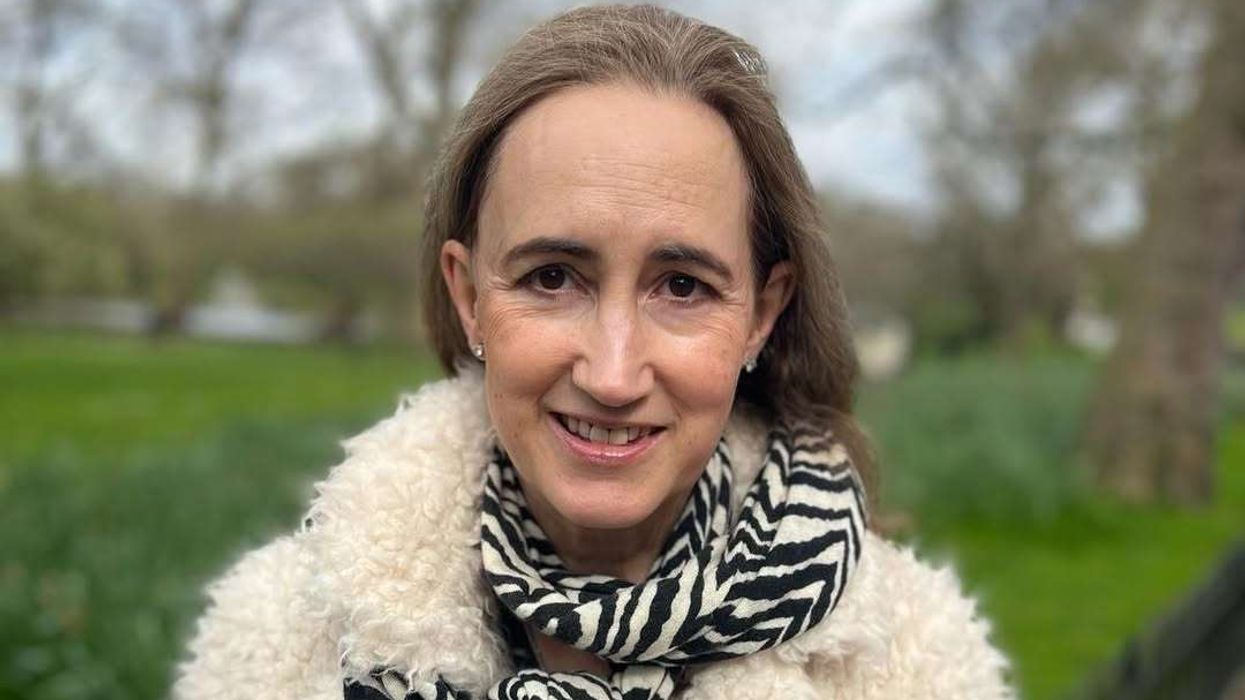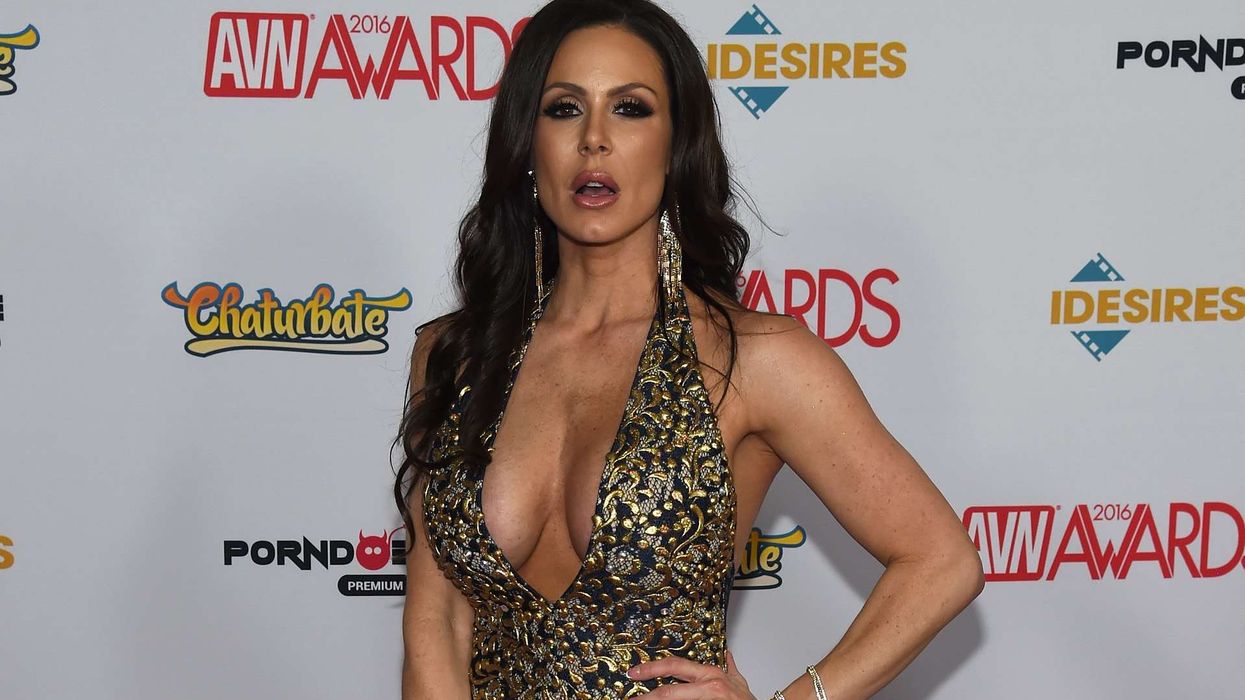THE number of women who hold executive reins in corporate Britain has fallen for the first time in eight years in an "unacceptable" reversal that could delay gender parity for another five generations, a consultancy said on Thursday (17).
The Pipeline, which analyses gender diversity at senior corporate levels, said the average proportion of women on executive committees at Britain's 350 biggest, listed companies slipped to 32 per cent in 2024 from a revised 33 per cent last year.
The drop appears small. But Geeta Nargund, the group's chair, told Reuters it reflected a sharp disconnect with male numbers and urged business leaders and headhunters to use the vast pool of female talent to fill decision-making roles, fix cultures and ensure women can thrive in the workplace.
"It is unacceptable that gender representation in business leadership is moving backwards in 2024 ...," she said.
"Organisations which are performing the best in terms of gender parity are 22 per cent more likely to have improved profits ... and so fair representation is not just a 'nice to have' or a tick-box exercise – it is a business imperative."
Geeta NargundWomen still hold only 9 per cent of chief executive (CEO) roles on FTSE 350 companies and 18 per cent of top finance (CFO) positions - although they account for over 44 per cent of chartered accountant roles, The Pipeline's 2024 Women Count report showed.
Only 19 per cent of women hold commercial boardroom jobs -- roles that are accountable for a company's profit and loss and can lead to jobs as a CEO and CFO -- according to the data, sourced from research group BoardEx. That number is down from 20 per cent in 2023.
The latest report comes after former Tory prime minister Rishi Sunak's government stated last year that Britain was a leader for female representation because women held 40.2 per cent of board positions on London's top 350 listed companies - ahead of a 2025 deadline.
Britain's Financial Conduct Authority (FCA) also requires listed companies to appoint women to at least 40 per cent of board positions or explain why they have missed that target.
Board positions, however, include non-executive roles that lack operational power and decision-making functions.
(Reuters)













